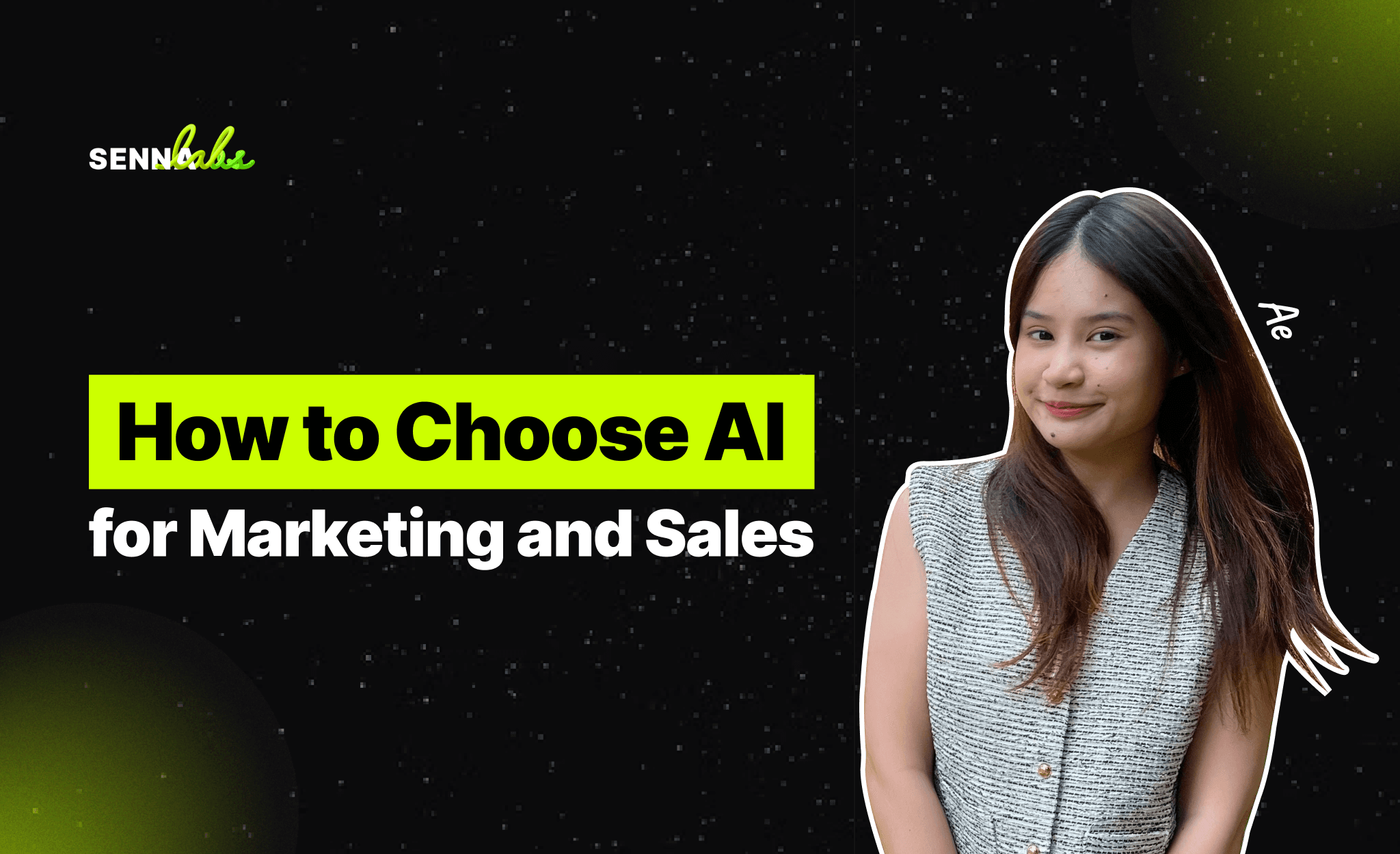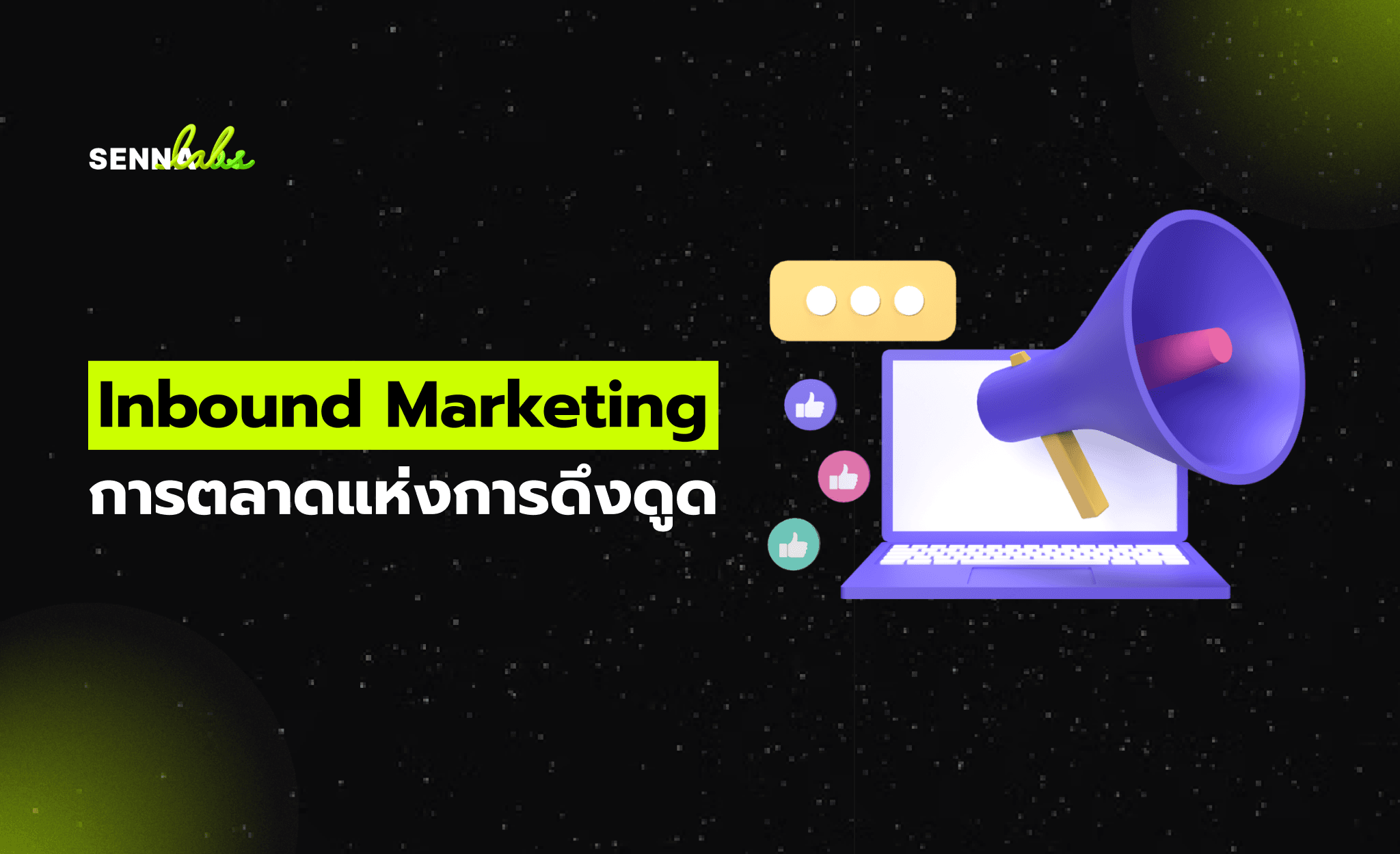How to Choose AI for Marketing and Sales
Share

In today’s competitive digital landscape, Artificial Intelligence (AI) is becoming an essential tool for marketing and sales teams. AI empowers businesses to predict customer behavior, personalize campaigns, and optimize advertising spend, driving better results and ROI. However, selecting the right AI tool requires careful consideration to align with specific business needs and goals.
This article explores how to choose AI solutions for marketing and sales, focusing on a use case where an e-commerce business implements an AI tool to predict customer behavior and enhance ad campaign effectiveness.

Why AI is Critical for Marketing and Sales
AI transforms marketing and sales by:
-
Predicting Customer Behavior: Using data to forecast purchasing patterns and preferences.
-
Personalizing Campaigns: Delivering tailored messages to individual customers for greater engagement.
-
Optimizing Ad Spend: Allocating budgets more effectively to maximize reach and conversions.
-
Improving Lead Generation: Identifying high-value prospects with precision.
-
Automating Tasks: Streamlining repetitive activities like email scheduling and data entry.
Example: An e-commerce business uses AI to predict which customers are likely to make repeat purchases, enabling them to target these individuals with personalized offers.
Key Factors for Choosing AI in Marketing and Sales
1. Define Your Goals
Start by identifying the specific marketing or sales challenges you want AI to address:
-
Lead Generation: Finding and prioritizing high-quality leads.
-
Customer Retention: Predicting churn and improving loyalty programs.
-
Ad Campaign Optimization: Maximizing ROI from digital advertising.
-
Content Personalization: Tailoring messages, emails, and recommendations.
Example: The e-commerce business aims to use AI for customer behavior prediction and ad targeting to improve sales efficiency.
2. Assess Data Readiness
AI tools require high-quality data for accurate predictions and insights. Assess your data:
-
Data Volume: Ensure you have sufficient historical and real-time customer data.
-
Data Quality: Verify that your data is clean, structured, and up-to-date.
-
Integration Capabilities: Confirm that your AI tool can access data from existing systems (e.g., CRM, e-commerce platform).
Example: The e-commerce business uses customer purchase history, browsing data, and email interactions to train the AI model.
3. Evaluate AI Features and Capabilities
Look for AI tools that offer features aligned with your marketing and sales objectives:
-
Behavior Prediction: Tools like Adobe Sensei or Google Analytics predict customer actions.
-
Personalization: Platforms like Dynamic Yield tailor recommendations and offers.
-
Ad Optimization: Tools such as Albert AI or Adzooma automatically adjust ad spend for maximum ROI.
-
Lead Scoring: AI in CRMs like HubSpot or Salesforce Einstein identifies high-value leads.
Example: The e-commerce business selects an AI tool with advanced behavior prediction and ad optimization features.
4. Consider Ease of Use and Integration
Choose AI tools that integrate seamlessly with your current systems and are easy for your team to adopt:
-
Ease of Use: Look for intuitive dashboards and workflows.
-
Compatibility: Ensure the tool integrates with your CRM, email marketing platform, or ad management software.
-
Support and Training: Opt for solutions with comprehensive training and customer support.
Example: The business integrates the AI tool with its existing Shopify store and Google Ads account for seamless functionality.
5. Start Small and Scale Gradually
AI implementation doesn’t need to be all-or-nothing. Start with small, focused projects to test the tool’s effectiveness:
-
Pilot Programs: Run a test campaign or focus on a single marketing goal.
-
Measure Results: Track metrics like conversion rates, click-through rates, and customer acquisition costs.
-
Expand: Gradually scale AI usage across multiple campaigns or sales processes.
Example: The e-commerce business initially uses AI to optimize retargeting campaigns, seeing a 20% increase in conversions.
Use Case: AI in E-Commerce Marketing
Problem:
The e-commerce business struggled with high ad spend but low conversion rates.
Solution:
The company implemented an AI-powered marketing tool to:
-
Analyze customer data and predict which users are most likely to purchase.
-
Personalize email offers based on browsing and purchase history.
-
Allocate ad budgets dynamically to focus on high-performing channels.
Results:
-
Improved ROI: Ad spend efficiency increased by 30%.
-
Higher Engagement: Click-through rates on personalized email campaigns rose by 25%.
-
Increased Sales: Overall sales grew by 15% in the first quarter after implementation.
Examples of AI Tools for Marketing and Sales
-
HubSpot with AI: Automates lead scoring, email personalization, and sales forecasting.
-
Google Analytics: Provides advanced insights into customer behavior and campaign performance.
-
Dynamic Yield: Specializes in personalization, offering tailored product recommendations.
-
Albert AI: Optimizes digital ad campaigns by automating bid adjustments and targeting.
-
Marketo Engage: Helps create data-driven campaigns and nurture leads.
Challenges and Solutions
Challenge 1: High Initial Costs
Solution: Start with affordable tools or free trials to assess ROI before scaling up.
Challenge 2: Resistance to Adoption
Solution: Provide training and demonstrate how AI complements, rather than replaces, human expertise.
Challenge 3: Data Privacy Concerns
Solution: Use AI tools that comply with data protection regulations like GDPR or CCPA.
The Future of AI in Marketing and Sales
The role of AI in marketing and sales is poised to grow with advancements such as:
-
Hyper-Personalization: AI will deliver even more targeted and context-aware campaigns.
-
Real-Time Optimization: AI tools will adjust strategies instantly based on live data.
-
Voice and Conversational AI: Integration with voice assistants for seamless customer interactions.
-
Predictive Customer Journeys: AI will map out entire customer journeys to optimize every touchpoint.
Conclusion
AI is transforming marketing and sales by enabling businesses to predict customer behavior, personalize campaigns, and optimize ad spend. Choosing the right AI tool requires aligning features with business goals, ensuring data readiness, and starting with pilot projects to test effectiveness.
For the e-commerce business, adopting AI to predict customer behavior and optimize ad campaigns resulted in higher conversions, improved engagement, and better ROI. As AI technology continues to evolve, it offers endless opportunities for businesses to enhance their marketing and sales strategies, ensuring long-term success in a competitive market.

Share

Keep me postedto follow product news, latest in technology, solutions, and updates
Related articles
Explore all


